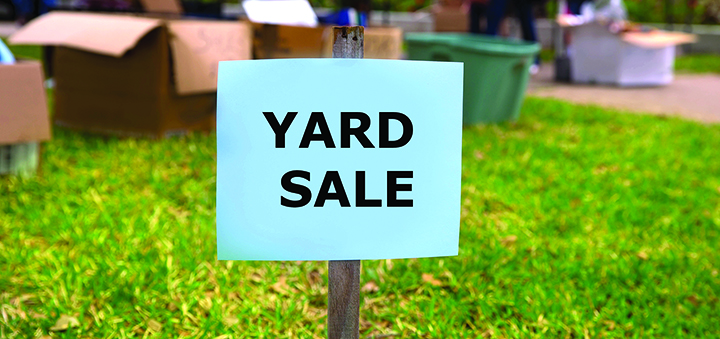Outdoor Chenango: Respooling Your Fishing Reels
Published:
May 1st, 2024
By:
Eric Davis

Today is not only the beginning of turkey season, it also is opening day for walleye, pike, muskellunge, and pickerel seasons. In just a short number of weeks, bass season will be here as well.
As I begin to think about the nice, consistent warm summer weather and spending the day on the water fishing, I start to look through my gear. Not only does this let me continue in my fantasy of hot sun with no snow or rain, but it also lets me inspect everything so that I can make any repairs now during the crumby weather, so it’s all set when it’s time to hit the lake.
Usually after looking at one of two reels, I decide it’s time to replace the line on some or all of them. After dealing with tangled messes caused by myself or those brought in by customers when I worked in retail, I have come up with a system that minimizes issues later from respooling.
1. If your reel is on a rod that has multiple pieces, remove any piece’s other than the one the rod is mounted on. If your rod is one piece, just find a place where you can handle the rod without damaging the tip.
2. Remove all the old line from the spool of the reel. You can buy a tool that helps remove the line, but I just pull it by hand. DO NOT set the drag light and pull the line off this way. That is a great way to ruin the drag on the reel.
3. Run the new line through the guide above the reel (or all the guides if a one-piece rod). Use an arbor knot to attach the end of the line to the spool. When using non-braided line, always lubricate your knots with either saliva or oil. The friction from tightening the knot melts the line and severely weakens it.
4. With the line pulled tight on the reel, slowly start winding the line to make sure it starts wrapping around the spool properly. If using braided line and it keeps letting the spool spin without wrapping around the spool, try placing a small piece of tape on the line and spool to force it to wrap around the spool.
5. Slowly use the reel to add more line to the spool. The entire time, you want there to be slight pressure on the line as it goes onto the reel. You can use your fingers to do this (be careful as the line can burn/cut into your skin) or use the rod to keep it slightly bent as you are reeling with a one-piece rod.
6. If you have a spinning reel, stop spooling the line on when the spool gets to be two-thirds full. The line won’t come off the spool on its own in large amounts like it does when the spool is filled to the maximum. Once the reel is filled, tape the line to the end of the rod section or to the rod and just the line above the tape.
While you have your reel empty, now is the time to clean and lubricate the internal gears and other moving parts. Carefully disassemble the reel as much as you feel comfortable doing. Clean the moving parts with a soft cloth and remove as much old grease/oil and dirt as possible. Use grease or oil designed for fishing reels. Apply it moderately. You don’t want to get it everywhere, but you want to make sure everything gets lubricated that needs it.
Author: Eric Davis - More From This Author
Comments







